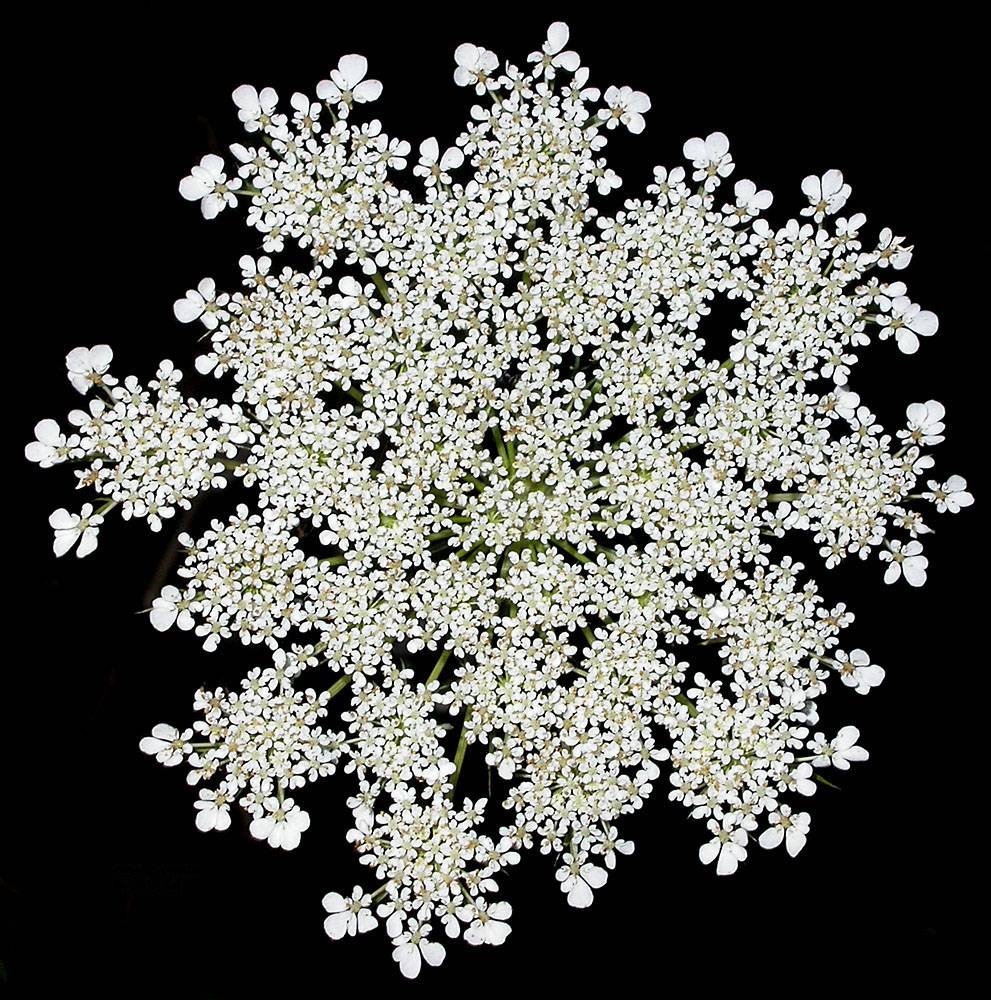
Plants biennial, sometimes annual, 2–15 dm, coarse.
Inflorescences flat-topped to highly concave, ~5–12 cm wide, with 7–30+ (primary) rays; central flower(s) white or rose to purple; involucral bract segments subulate to linear, not exceeding umbel.
2n=22.
Roadsides and disturbed sites in open moist places. Flowering May–Sep. 0–1400 m. Casc, CR, Est, Sisk, WV. CA, ID, NV, WA; worldwide. Exotic.
Daucus carota and D. pusillus are clearly distinct species differing by chromosome number, habitat, phenology, and morphology, and are easily distinguished in the field. Our key and description are for typical plants, but small and late-flowering plants of D. carota or atypical morphologies of either species sometimes make it difficult to distinguish these two species on herbarium sheets. Daucus carota is especially variable, and different taxonomists have treated it as a complex containing seven species to a single species with two to ten subspecies (Pujadas Savalà 2002; Small 1978). Our ongoing field and common garden studies document tremendous variation in D. carota for plant height, leaf dissection, peduncle length, flowering time, corolla color, inflorescence bract morphology, and inflorescence shape, and such characters often vary within populations. Daucus carota is a common and aggressive weed in many places in the eastern half of the United States but is rarer in the west in areas of lower rainfall or warmer climate.